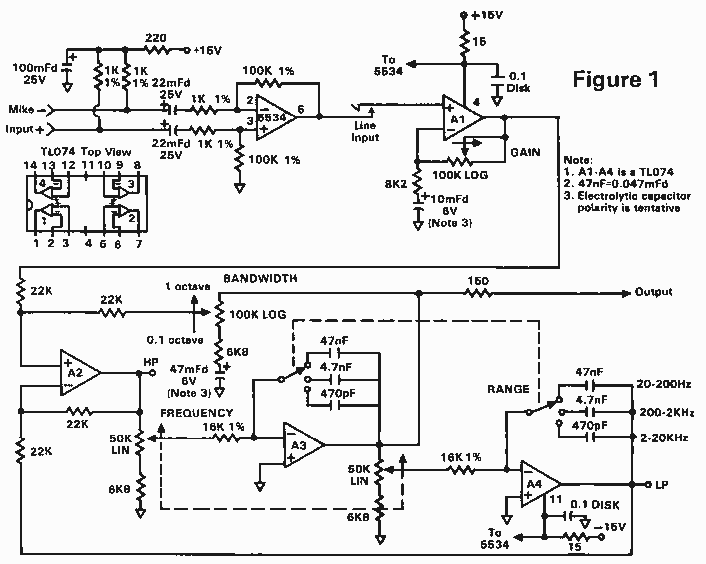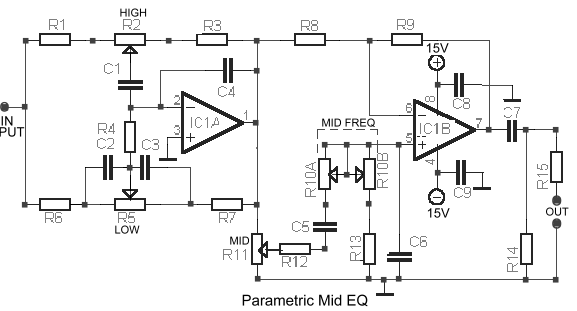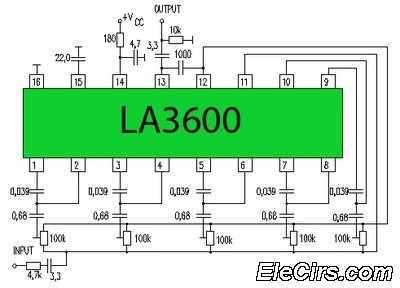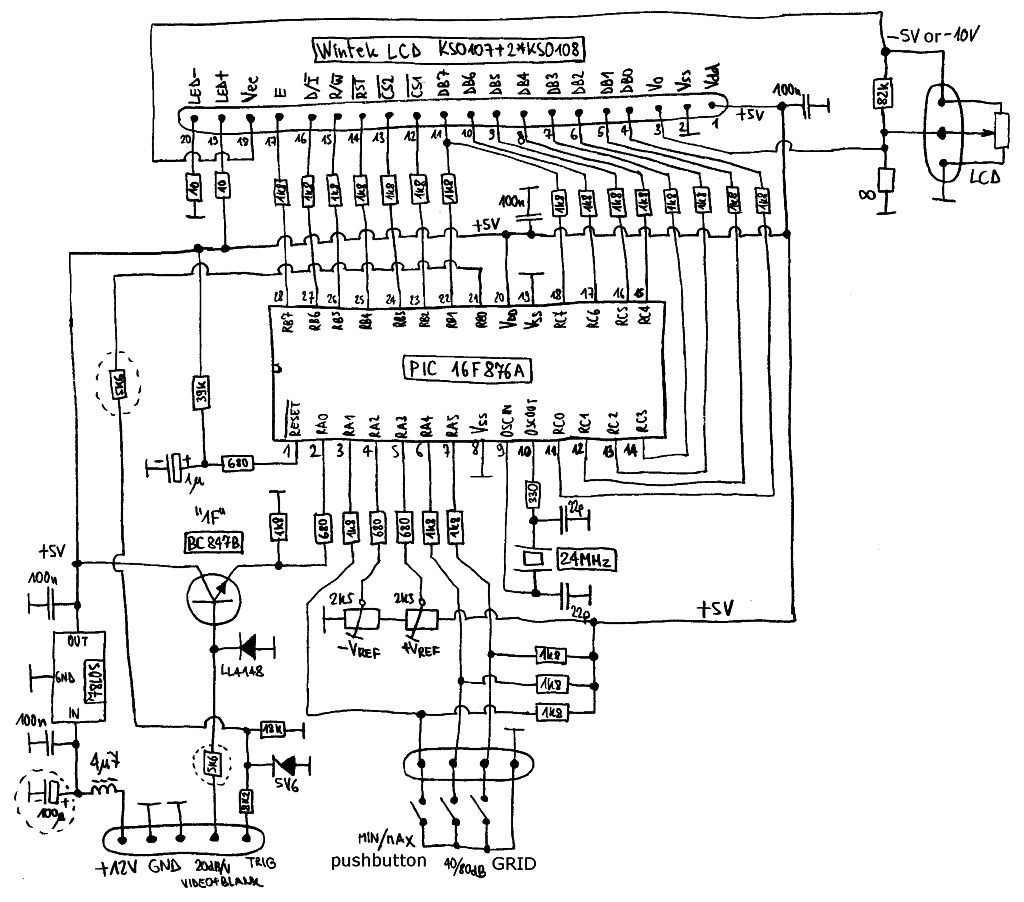
Spectrum Analyzer and Equalizer

The circuit shown in Figure 1 uses only two ICs, and has a bandwidth that is adjustable from more than one octave down to a tenth of an octave. As shown, the frequency range is 20 Hz. to 20 KHz. in three bands, although a fourth subsonic band could be added to allow very low frequency analysis. A low-noise mike preamplifier is included, and a line input is also available with up to 20 dB of gain. Of course, you could use a mike preamp in your console instead, but at the expense of portability. More: Selecting a suitable measuring microphone is crucial for serious room analysis, since no doubt the mike will be the weakest link in the measuring chain. First, it should be omni-directional because reflections off walls, ceilings and floors contribute gre
The circuit utilizes two integrated circuits (ICs) to achieve a versatile audio frequency analysis tool. The design allows for bandwidth adjustments ranging from over one octave down to a tenth of an octave, making it suitable for a variety of audio analysis applications. The frequency response spans from 20 Hz to 20 kHz across three distinct bands, with the potential for an additional subsonic band to facilitate the analysis of very low frequencies.
Incorporated within the design is a low-noise microphone preamplifier, which enhances the signal quality before it is processed further. This preamplifier is critical for ensuring that the weak signals from the microphone are amplified sufficiently without introducing significant noise, thereby maintaining the integrity of the measurement. Additionally, the circuit features a line input capable of providing up to 20 dB of gain, allowing for flexibility in connecting various audio sources.
For optimal performance in room analysis, the choice of measuring microphone is essential. An omni-directional microphone is recommended, as it can capture sound from all directions, thus accounting for reflections from walls, ceilings, and floors that could affect the accuracy of the measurements. The design's consideration for portability is noteworthy, as utilizing a microphone preamp integrated into the console may compromise the system's mobility, which is a significant advantage for field measurements.
Overall, this circuit design presents a compact and efficient solution for audio analysis, combining adjustable bandwidth, low-noise amplification, and flexible input options to cater to diverse measurement needs.The circuit shown in Figure 1 uses only two ICs, and has a bandwidth that is adjustable from more than one octave down to a tenth of an octave. As shown, the frequency range is 20 Hz. to 20 KHz. in three bands, although a fourth subsonic band could be added to allow very low frequency analysis. A low-noise mike preamplifier is included, and a line input is also available with up to 20 dB of gain.
Of course, you could use a mike preamp in your console instead, but at the expense of portability. Selecting a suitable measuring microphone is crucial for serious room analysis, since no doubt the mike will be the weakest link in the measuring chain. First, it should be omni-directional because reflections off walls, ceilings and floors contribute gre
🔗 External reference
The circuit utilizes two integrated circuits (ICs) to achieve a versatile audio frequency analysis tool. The design allows for bandwidth adjustments ranging from over one octave down to a tenth of an octave, making it suitable for a variety of audio analysis applications. The frequency response spans from 20 Hz to 20 kHz across three distinct bands, with the potential for an additional subsonic band to facilitate the analysis of very low frequencies.
Incorporated within the design is a low-noise microphone preamplifier, which enhances the signal quality before it is processed further. This preamplifier is critical for ensuring that the weak signals from the microphone are amplified sufficiently without introducing significant noise, thereby maintaining the integrity of the measurement. Additionally, the circuit features a line input capable of providing up to 20 dB of gain, allowing for flexibility in connecting various audio sources.
For optimal performance in room analysis, the choice of measuring microphone is essential. An omni-directional microphone is recommended, as it can capture sound from all directions, thus accounting for reflections from walls, ceilings, and floors that could affect the accuracy of the measurements. The design's consideration for portability is noteworthy, as utilizing a microphone preamp integrated into the console may compromise the system's mobility, which is a significant advantage for field measurements.
Overall, this circuit design presents a compact and efficient solution for audio analysis, combining adjustable bandwidth, low-noise amplification, and flexible input options to cater to diverse measurement needs.The circuit shown in Figure 1 uses only two ICs, and has a bandwidth that is adjustable from more than one octave down to a tenth of an octave. As shown, the frequency range is 20 Hz. to 20 KHz. in three bands, although a fourth subsonic band could be added to allow very low frequency analysis. A low-noise mike preamplifier is included, and a line input is also available with up to 20 dB of gain.
Of course, you could use a mike preamp in your console instead, but at the expense of portability. Selecting a suitable measuring microphone is crucial for serious room analysis, since no doubt the mike will be the weakest link in the measuring chain. First, it should be omni-directional because reflections off walls, ceilings and floors contribute gre
🔗 External reference





